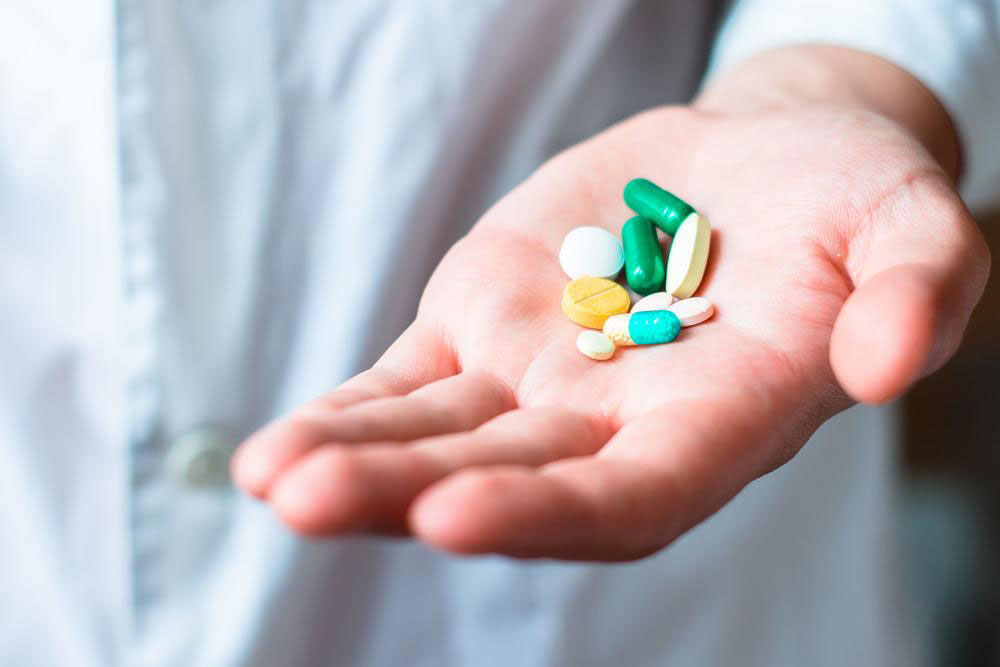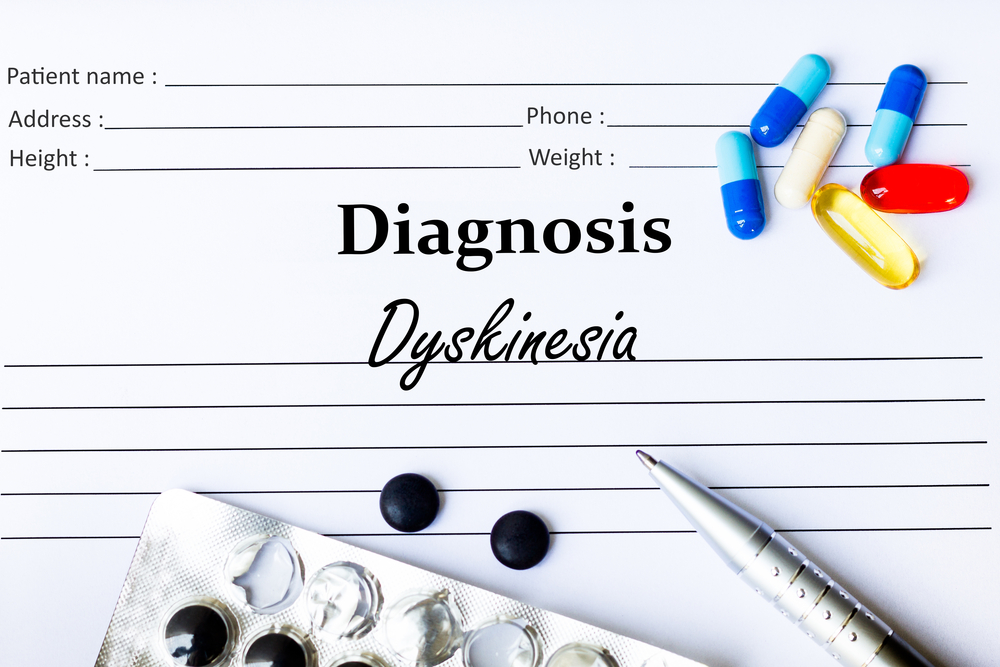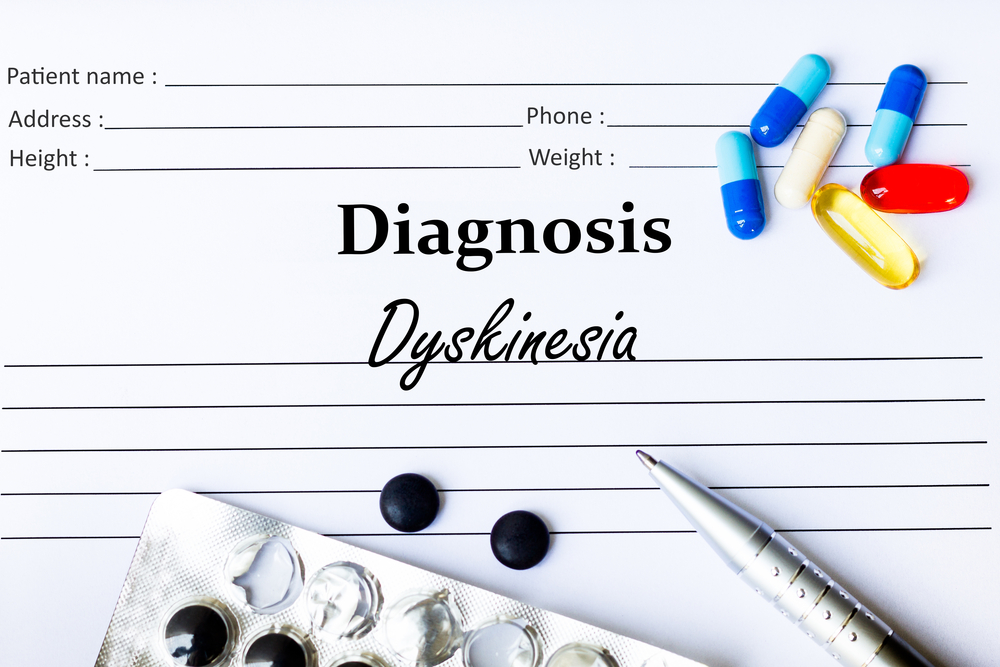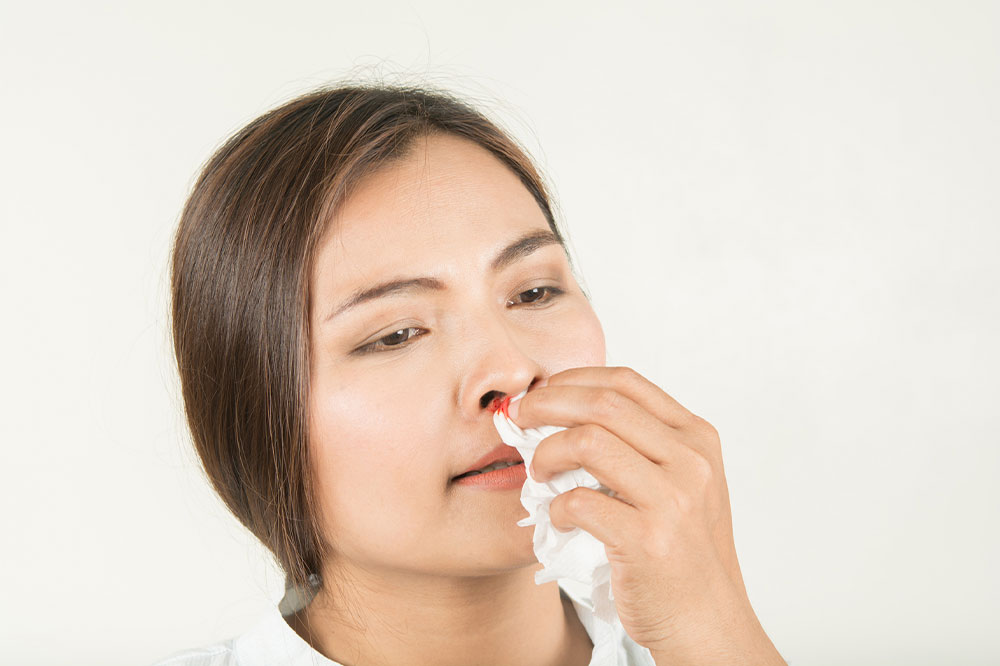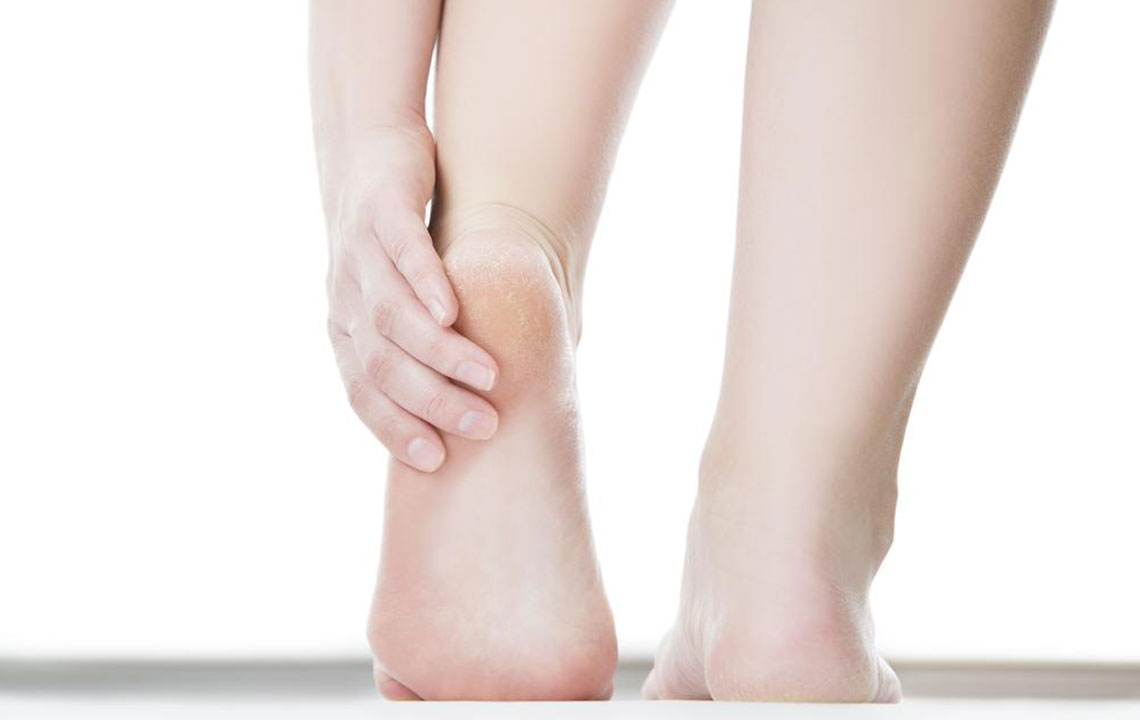Essential Safety Tips for Managing Blood Thinner Therapy
Learn essential safety tips for managing blood thinner therapy, including injury prevention, dietary considerations, and recognizing side effects. Follow medical advice carefully to stay safe while benefiting from blood thinners.
Sponsored
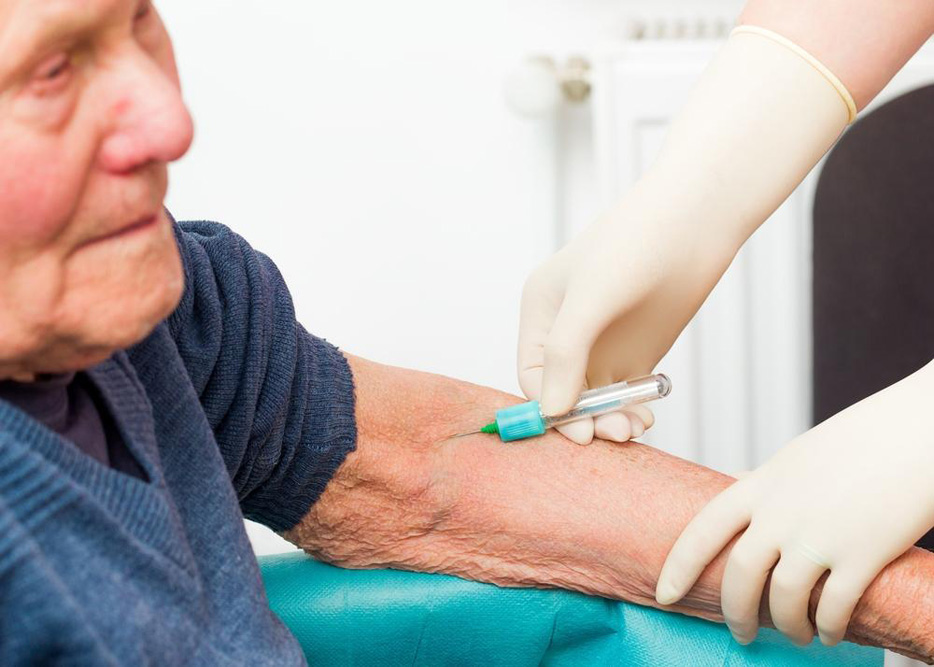
Important Guidelines for Safe Use of Blood Thinners
Blood thinners are vital for preventing blood clots in arteries and veins, reducing risks of heart attacks and strokes. However, they also pose bleeding risks, making injury management challenging. It’s crucial to exercise caution during physical activities like sports or outdoor exercises, avoiding high-risk adventures. Always wear protective gear, such as helmets, and seek medical attention immediately if you experience even minor injuries, as internal bleeding may occur without visible signs. Adhering to your doctor’s instructions is key to safe treatment.
Consistently take medication:
Take your dose at the same time daily to ensure effectiveness. Use reminders or alarms to avoid missed doses. If a dose is missed, consult your doctor for guidance.
Consult your healthcare provider:
Before taking OTC drugs, vitamins, or supplements, check with your doctor since some can cause dangerous interactions or increase bleeding risks.
Handle tools cautiously:
Be mindful when using sharp objects. Even minor cuts can bleed significantly. Apply pressure to control bleeding and seek medical help if necessary.
Monitor Vitamin K intake:
Discuss dietary sources of Vitamin K with your doctor. Leafy greens like spinach, lettuce, and kale can impact blood thinning, so consume them in moderation.
Maintain dental care delicately:
Use a soft brush and gentle flossing to avoid gum injuries. Inform your dentist about your medication to prevent complications during dental procedures.
Watch for side effects:
Seek immediate medical attention if you notice unusual bleeding, bruising, dizziness, vomiting, heavier periods, blood in urine or stool, or severe headaches.
Carry emergency supplies:
Keep a first aid kit with bandages and bleeding powders. Wear a medical ID bracelet indicating your blood thinner use and carry a card with medication details for emergencies.

